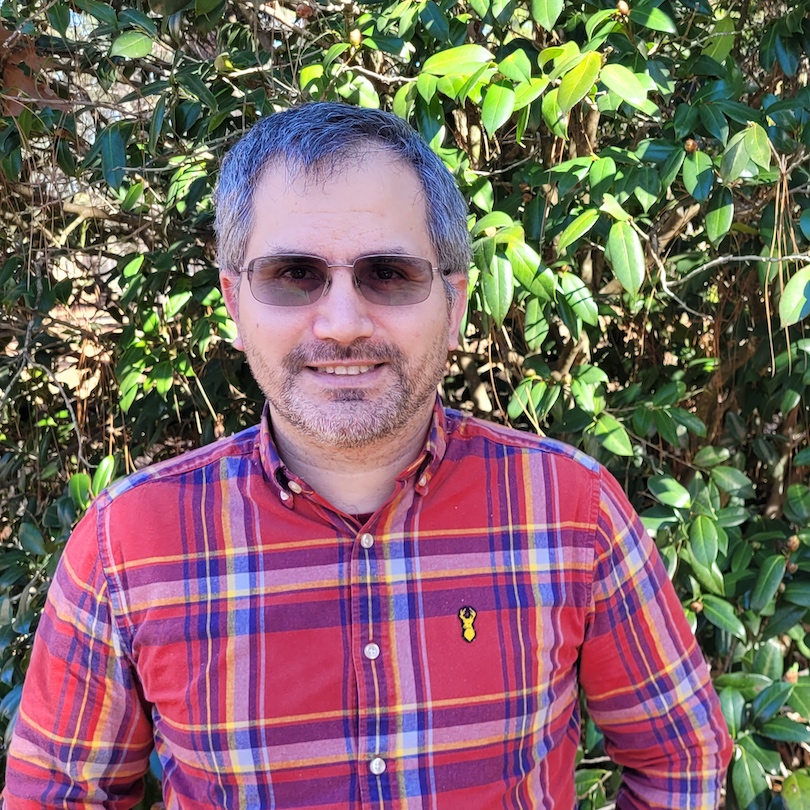Dr. Jonathan Pérez's Research
- Mechanisms of Seasonal Timing
- Biological Rhythms
- Neuroendocrinology
- Stress Physiology
- Organism Environment Interaction
My research group is broadly interested in understanding how organisms detect, integrate
and respond to environmental information. More specifically, we have been focusing
on how animals use light and other environmental cues to time major seasonal transitions.
We seek to understand the physiological mechanisms underlying these processes in order
to be better able to predict how individuals, populations and ultimately species will
or will not be able to respond to rapid global change. To do so we take an integrative
approach that combines observational studies with hypothesis driven experimental manipulations,
while combining molecular, hormonal, and behavioral analyses.
Current research is focused in three main areas:
1.) How do birds use light cues to time seasonal migration?
Many birds (and other animals) rely on the seasonal change in daylength, known as
photoperiod, as a reliable environmental cue to time migration. While the importance
of light cues in triggering the development of migratory physiology and behavior has
long been established, the mechanisms by which this occurs are still not fully understood.
In our past work we’ve found that thyroid hormones are necessary for both migratory
preparation and behavior. More recently we’ve found evidence that difference in thyroid
hormone signaling related genes in the deep brain may distinguish birds that are year-round
residents from seasonal migrants. Our current work is taking a comparative approach
to further test this finding across multiple species. Additionally, we are using manipulative
experiments to further probe the mechanism of light detection and response associated
with migration.
2.) How are light cues regulating breeding detected?
As with migration, many species utilize photoperiod to time seasonal breeding. However,
unlike migration we have a clear understanding of the neuroendocrine and endocrine
pathways controlling breeding in both birds and mammals. Birds (and possibly other
non-mammalian vertebrates) are particularly fascinating in that they detect relevant
light cues directly in the deep brain. Working with collaborator we have been seeking
to definitively identify the non-visual photoreceptors controlling seasonal reproduction.
3.) How might exposure to light cues experienced in ovo shape development, hatch success
and post-hatch welfare? What are the mechanism mediating these effects?
Emerging evidence has shown light can have effect early in develop, even before complete
development of the eyes. We are in the midst of developing novel approaches to probe
the role of non-visual photoreceptors in mediating these early life effects.
We also have active research projects in stress physiology, behavioral ecology and circadian biology.
For a full listing, visit Jonathan's google scholar page
See More


